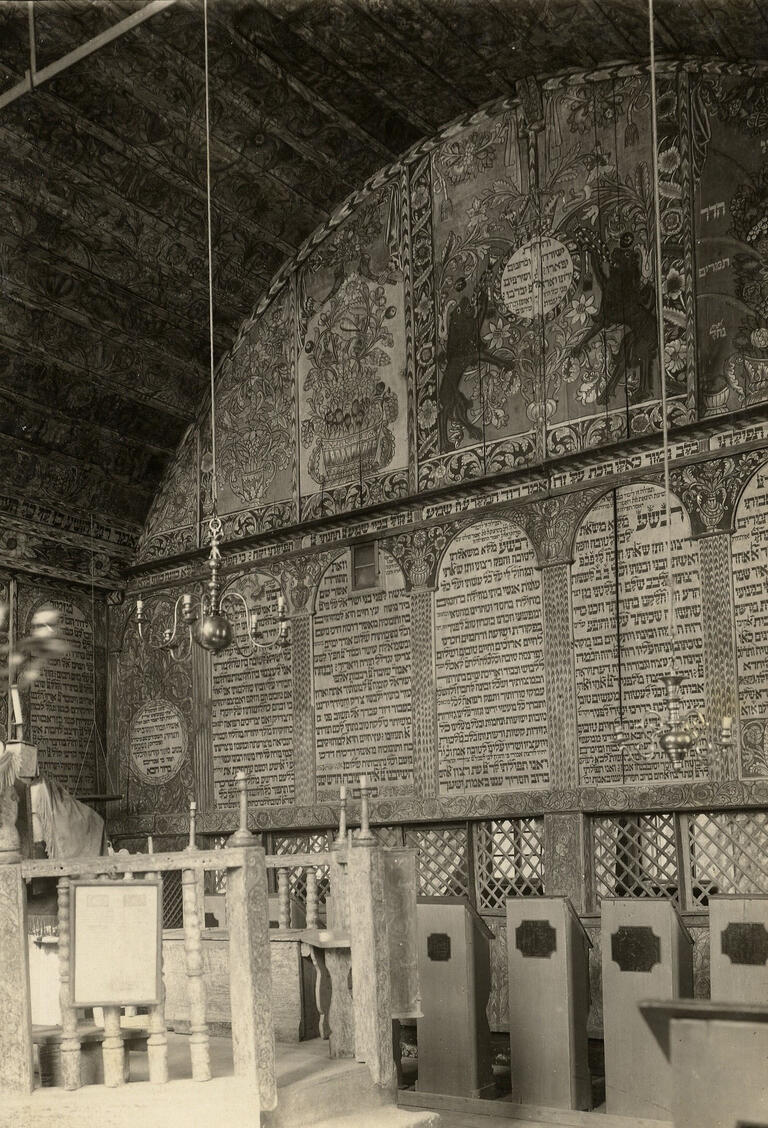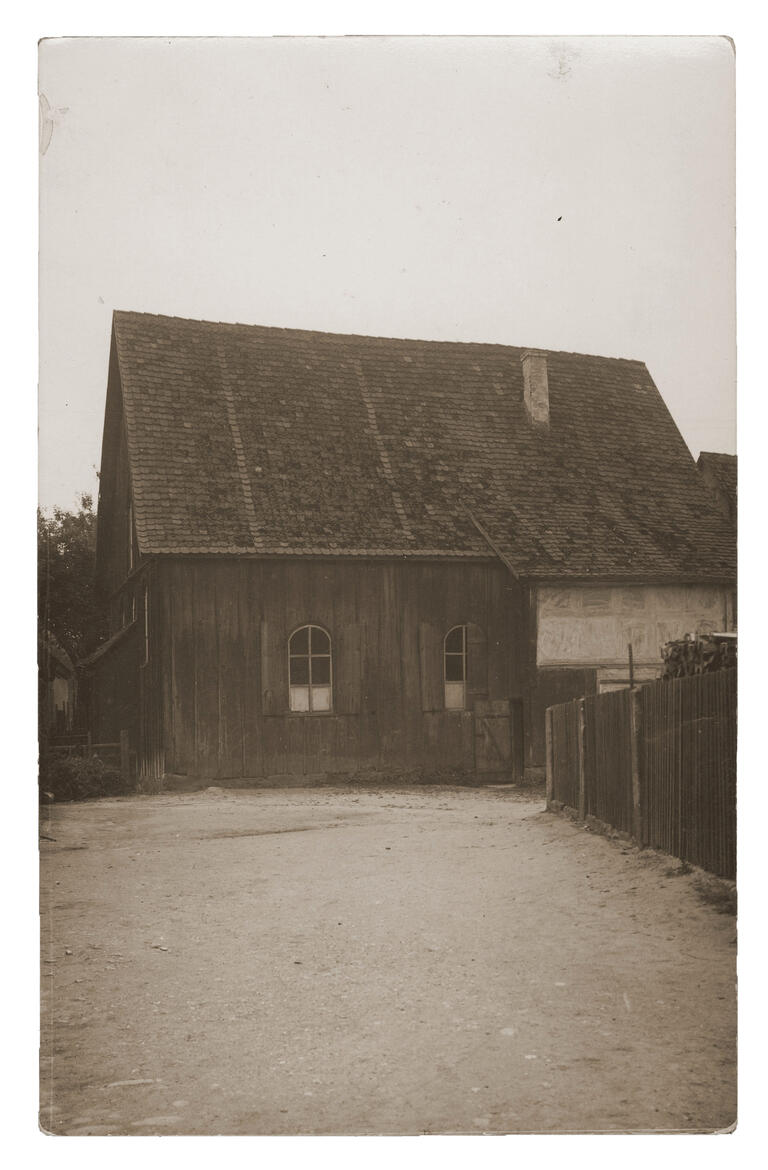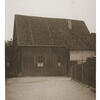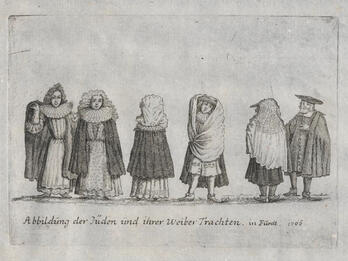Synagogue (Bechhofen, Germany)
Eliezer Zusman of Brody
1684






The Bechhofen Synagogue (built in 1685) is believed to have been the largest wooden synagogue in Germany. The interior of the synagogue was painted with lavish decorations in 1732 and 1733, in typical East European style, which the artist Eliezer Zusman, originally from the town of Brody, is credited with introducing to southern Germany. This photograph was taken before the synagogue was burned down on Kristallnacht, November 9 and 10, 1938.
Credits
-
Painted Interior. © Central Archives for the History of the Jewish People (CAHJP).
-
Exterior. © United States Holocaust Memorial Museum,courtesy of Steven Frank.
Published in: The Posen Library of Jewish Culture and Civilization, vol. 5.
You may also like
Takkanot (Regulations)
Takkanot (Regulations)

Minute Book

Torah Finials (New York)
Takkanot Fiorda (Regulations of Fürth)

Jewish Clothing from Fürth
Creator Bio
Eliezer Zusman of Brody
Eliezer Zusman of Brody (alternatively, Elieser Sussman) was a Jewish painter credited with introducing the traditional East European type of synagogue decoration to southern Germany in the early eighteenth century. His signature style is found in several synagogues in Bavaria. Zusman may have been invited to southern Germany as a professional craftsman or might have gone there seeking a better life and refuge from instability in Poland. He painted his first synagogue, Bechhofen, in 1732.
Related Guide
Synagogue Architecture
Synagogues built in Europe in the age of Emancipation had somewhat contradictory goals. On the one hand, they were to articulate a proud Jewishness, which by definition meant a distinctive style. On the other hand, they wanted to announce that they were deeply embedded in the European cityscape.
Related Guide
Jews on the Move: Early Modern Jewish Migration
The geography of Jewish settlement shifted dramatically in the sixteenth and seventeenth centuries.
Related Guide
Community, Congregation, and Self-Government
The early modern period witnessed flourishing Jewish self-governance across the diaspora, as economic utility to host nations enabled unprecedented communal autonomy.
You may also like
Takkanot (Regulations)
Takkanot (Regulations)

Minute Book

Torah Finials (New York)
Takkanot Fiorda (Regulations of Fürth)



